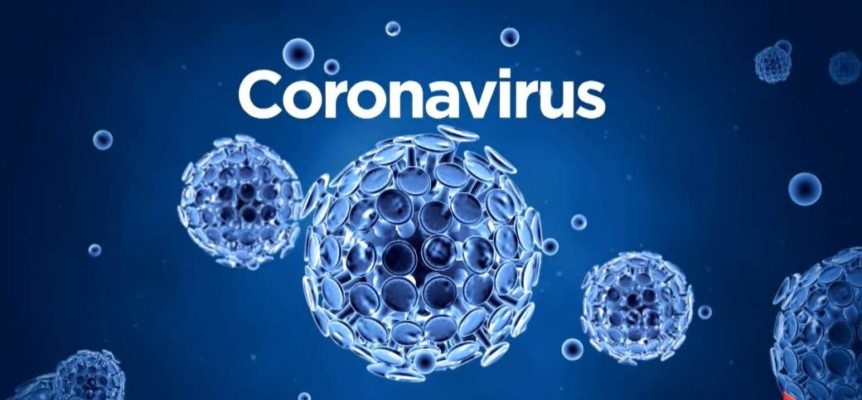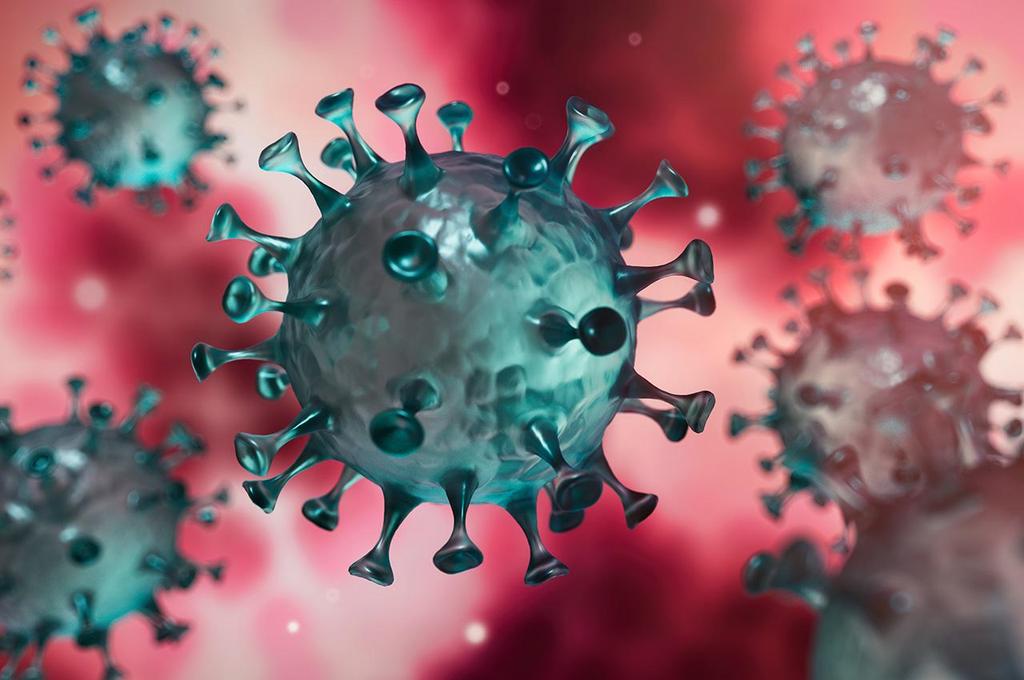This is a time riddled with complex unanswered questions. COVID -19 has left the great scientist and policy makers scratching there scalps for deep solutions to no avail. The pandemic charges on, the ray of hope (vaccine) almost has a wet blanket bring thrown at it. At a time where we need the vaccination program to gain momentum, the unfortunate news on possible severe side effects and suboptimum efficacy derail the confidence that was building in its acceptance.
The use of the Johnson and Johnson vaccine which is a viral vector vaccine has been withheld. It is being investigated for a casual role of clot development in vaccine recipients. The Guardian states that the Johnson & Johnson coronavirus vaccine was stopped, after reports of rare and severe blood clots emerged in six women. More than 6.8m doses have been administered nationally in the United States of America. At the same time the Chinese were noting that the 50.7 percent efficacy for the Sinovac vaccine may be need to be complemented with another vaccine. This is despite the minimum efficacy required by world health organisation being 50 percent.
The news is important for us to appreciate the importance of monitoring the difference these vaccines are making in fighting the pandemic without endangering lives of healthy recipients. The Americans are being extra cautious and responsible to investigate the case of the clots. The Chinese Sinovac may have a low efficacy compared to the others but it will protect one from sever COVID-19 infection, hospitalization and it will prevent death.
Some patients who have recovered from COVID-19 have been experiencing symptoms, even nine months after being PCR swab negative. The term post COVID-19 syndrome, long COVID and long haulers have been coined. Psychiatrist attribute it to post traumatic stress disorder, because investigation do not yield supporting results. Posttraumatic stress disorder (PTSD) is a psychiatric disorder that may occur in people who have experienced or witnessed a traumatic event such as a natural disaster, a serious accident, a terrorist act, war/combat, or rape or who have been threatened with death, sexual violence or serious injury. Either way the symptoms are still a reality COVID-19 survivor’s experience.
Most people who have COVID-19 expect their symptoms to disappear after a few weeks, but some continue to experience effects months after recovery. Dr. Fidaa Shaib, a pulmonary expert at Baylor College of Medicine, says people who suffer from persistent symptoms after recovering from the acute illness, also known as “long-haulers,” are often healthy prior to getting infected with COVID-19. This can occur in up to 10% of those infected with the virus. This is not only peculiar to COVID-19, the virus that causes chickenpox and shingles, may harbor the pathogen in their nervous systems for years.
Survivors of previous coronavirus infections, including the SARS epidemic of 2003 and the Middle East respiratory syndrome (MERS) outbreak of 2012, have demonstrated a similar constellation of persistent symptoms, reinforcing concern for clinically significant sequelae of COVID-19.
Common long-term COVID-19 symptoms include:
- Shortness of breath
- A lingering cough at times with mucus or phlegm
- Chest pain and heart palpitations
- Dizziness and light-headedness
- Fatigue with limited ability to exercise or even perform activities of daily living
- Joint and muscle pain
- Loss of taste and smell
- Sleep disturbances with insomnia and sleepiness during the daytime
- Gastrointestinal symptoms, such as difficulty swallowing, irritable bowel syndrome (IBS) and indigestion.
- Depressed mood and anxiety
- Fever
Some doctors are reporting rashes tied to COVID-19, including purple or blue lesions on children’s toes and feet. Researchers are looking into these reports so they can understand the effect on people who have COVID-19.
Some people who have suffered from long COVID symptoms say they are finding relief after getting vaccinated. Long COVID is still not well understood by doctors. One theory, according to Yale immunologist Akiko Iwasaki, is that the vaccines help eliminate the so-called “viral reservoir,” where the virus may still be lingering in the body and causing chronic symptoms.
Physical activity and ambulation should be recommended to all patients when appropriate. Recovered patients may have persistently increased cardio-metabolic demand, as observed in long-term evaluation of SARS survivors.
Serial clinical and imaging evaluation with electrocardiogram and echocardiogram at 4–12 weeks may be considered in those with cardiovascular complications during acute infection, or persistent cardiac symptoms.
The World Health Organization estimates about 1 in 10 COVID patients experience persistently ill health 12 weeks after getting the virus. Researchers at the University of Washington published data in February that found a third of patients reported ongoing symptoms, including fatigue, shortness of breath and sleep disorders, which persisted for as
Treatment of long COVID remains symptomatic, some patients have benefited immensely from undergoing psychological assessment and therapy for post-traumatic stress disorder. Prevention is better than cure for COVID-19;
- Hand washing for at least 20 seconds each time, with soap and water.
- Use an alcohol-based sanitizer with at least 60% alcohol if you don’t have soap and water handy.
- Physical distancing at least 1 metre away.
- Wear a (cloth) face mask in public places.
- Avoid people who are sick. Avoid gatherings.
- Don’t touch your eyes, nose, or mouth unless you’ve just washed your hands.
- Regularly clean and disinfect surfaces that you touch a lot.
Get vaccinated.




